When it comes to sustainable fishing, the art of line angling stands out amidst the vast array of fishing techniques.
Imagine this: the tranquility of the water, the gentle tug on your line, and the thrill of the catch. Line angling offers not only a connection to nature but also a way to fish responsibly and ethically.
By exploring the nuances of this method, you can discover how to respect marine life and ecosystems while honing your angling skills. Whether you are a seasoned angler or new to the craft, the world of sustainable line angling holds a wealth of knowledge waiting to be uncovered.
Key Takeaways
- Master hand lining for sustainable fishing practices
- Prioritize minimizing environmental impact and promoting selective fishing
- Emphasize precision, skill, and conservation in line angling
- Support eco-friendly methods and responsible fishing for marine ecosystem preservation
Benefits of Hand Lining
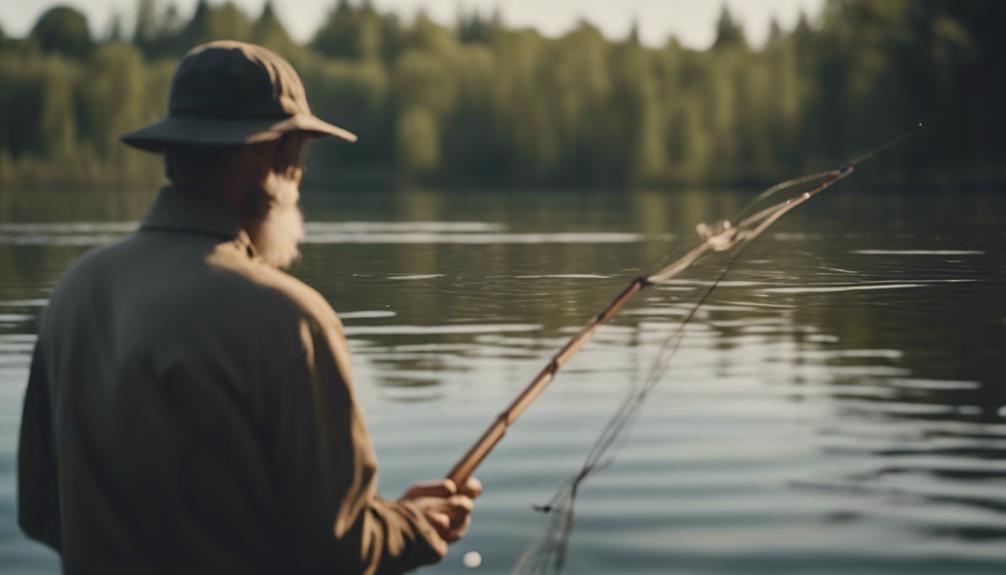
Hand lining offers anglers a cost-effective and environmentally friendly fishing method that enhances the direct connection between you and the fish. This traditional technique involves using a single line with a lure or bait attached, requiring skill and precision.
By feeling the bites and movements of the fish more sensitively, you experience a more authentic fishing adventure. Hand lining doesn't rely on complex gear or reels, making it an environmentally friendly choice. It allows you to immerse yourself in the thrill and challenge of the catch, creating a deeper bond with the fishing experience.
Its versatility suits various fishing environments, making hand lining a popular and sustainable choice among anglers worldwide.
Techniques for Sustainable Hand Lining
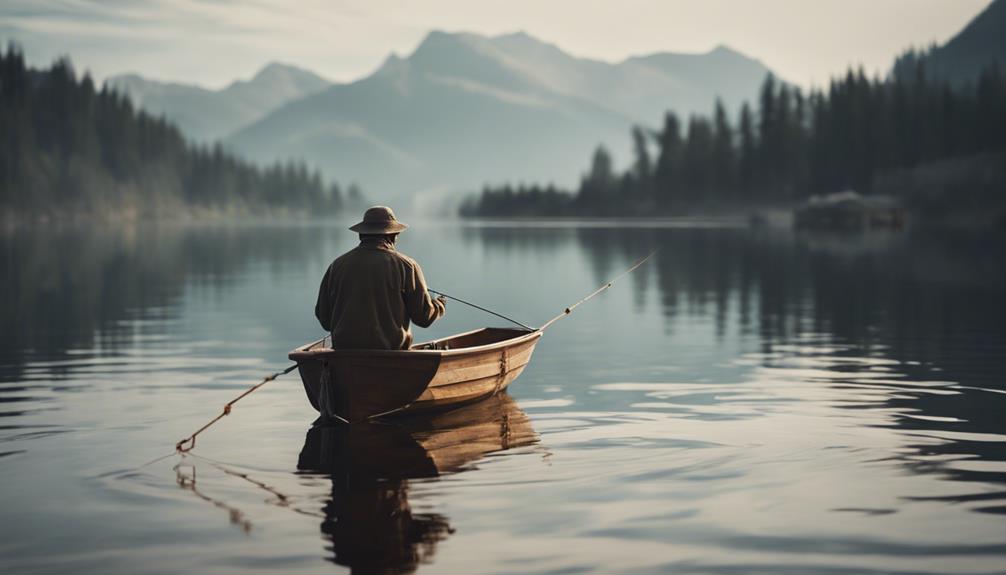
Exploring techniques for sustainable hand lining involves mastering the art of manipulating the fishing line to effectively attract and catch fish while minimizing environmental impact. Hand lining, a traditional method practiced worldwide, requires skill in maneuvering the single fishing line. This technique promotes sustainable fishing by minimizing bycatch and allowing for selective fishing, contributing to food security in communities.
By using hand lining, you can target specific fish species without harming non-targeted marine life. The simplicity of hand lining makes it an accessible and eco-friendly fishing method, ensuring that you can enjoy the thrill of catching fish while also preserving the marine ecosystem.
Mastering the art of hand lining isn't only rewarding but also essential for sustainable fishing practices.
Best Practices for Line Angling
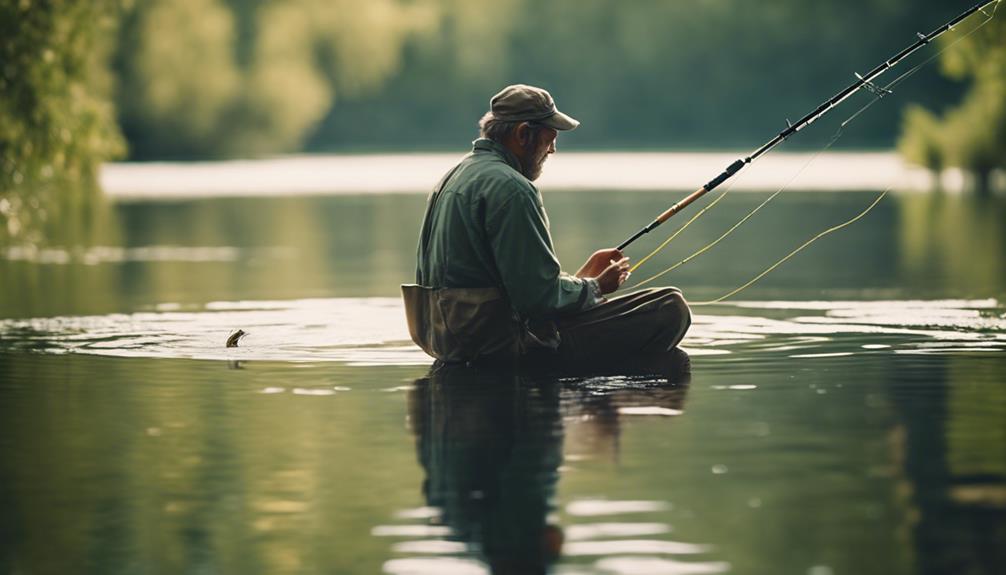
Line angling is a technique that involves using a fishing line with a hook to catch fish. It requires skill and precision. To guarantee sustainable fishing practices, opt for barbless hooks for easy catch-and-release, minimizing harm to fish.
Regularly maintain and replace your fishing lines to prevent breakage during pivotal moments. Understand the weight capacity and material of your fishing lines to match the requirements of different fishing scenarios.
Mastering proper knot tying techniques is essential to secure your connections, avoiding lost catches. By incorporating these best practices into your line angling routine, you can enhance your precision, skill, and contribute to sustainable fishing techniques.
Conservation Tips for Hand Lining
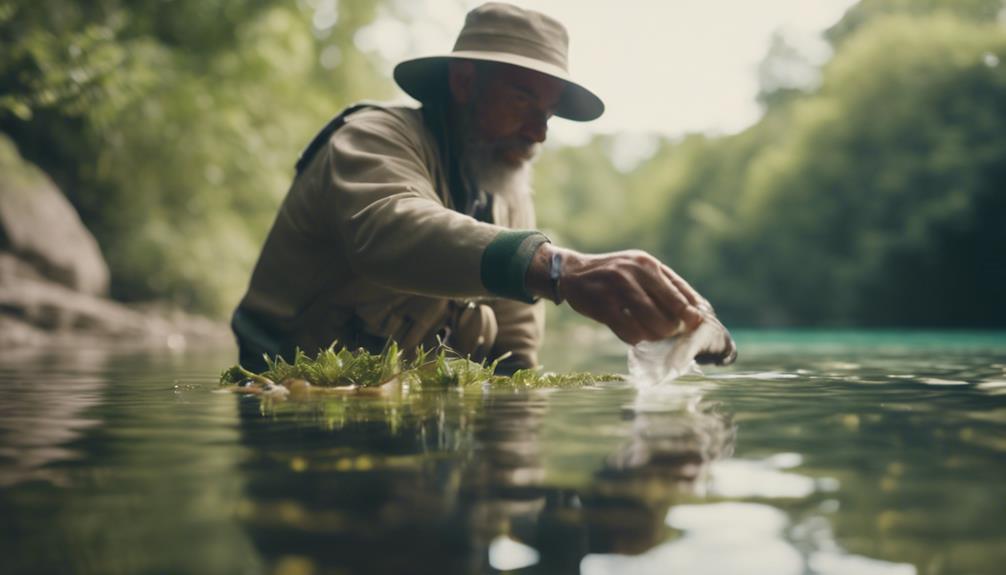
Conservation-minded anglers can enhance sustainability by incorporating eco-friendly practices when utilizing hand lining techniques.
Hand lining, a traditional fishing method using a single fishing line without a rod and reel, is known for its simplicity and effectiveness in catching fish. This technique reduces equipment costs and maintenance, making it a practical choice.
Conservation benefits of hand lining include minimal impact on marine habitats and a decreased risk of gear loss in the water. Additionally, hand lining allows for precise bait presentation and controlled fish retrieval, promoting sustainable fishing practices.
Ensuring Sustainability in Fishing
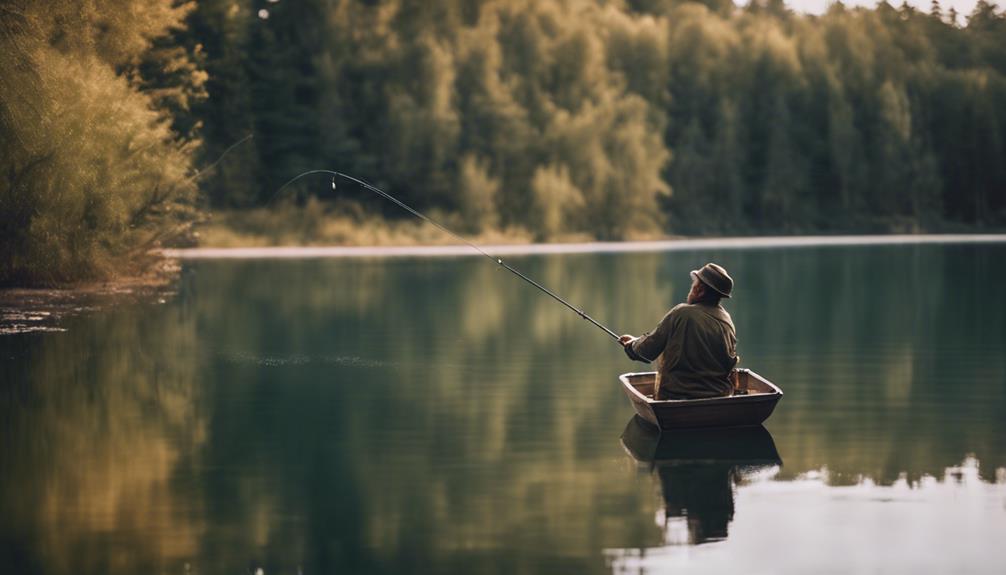
To guarantee sustainability in fishing, adopting responsible practices is essential for preserving marine ecosystems and maintaining fish populations. Sustainable fishing practices such as catch-and-release and selecting sustainable seafood contribute to conservation efforts.
Regulated fishing seasons, size limits, and gear modifications play pivotal roles in guaranteeing the long-term sustainability of fish stocks. By supporting well-managed fisheries and increasing consumer awareness about sustainable seafood choices, anglers can promote responsible fishing practices.
These efforts not only safeguard marine ecosystems but also support the livelihoods of fishermen and guarantee long-term food security. Remember, your choices as an angler have a direct impact on the health of our oceans and the future of fishing.
Conclusion
To sum up, line angling is a sustainable and effective fishing technique that promotes responsible fishing practices and helps preserve marine ecosystems.
By using proper techniques and following conservation tips, anglers can contribute to the long-term health of fish populations and habitats.
Remember, sustainable fishing is key to ensuring a thriving marine environment for future generations to enjoy.
So grab your rod and reel, and fish responsibly for a sustainable future.
👨👩👧👦 Dwight’s a married dad of 4 who loves to cast a line 🎣 into both fresh and salt waters. His heart belongs to his family and the sea. 🌊 #FamilyMan #FishingLife #DadOf4 🐟✨

